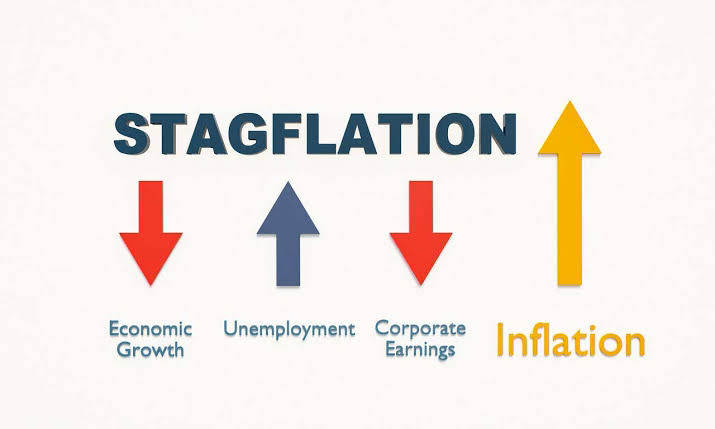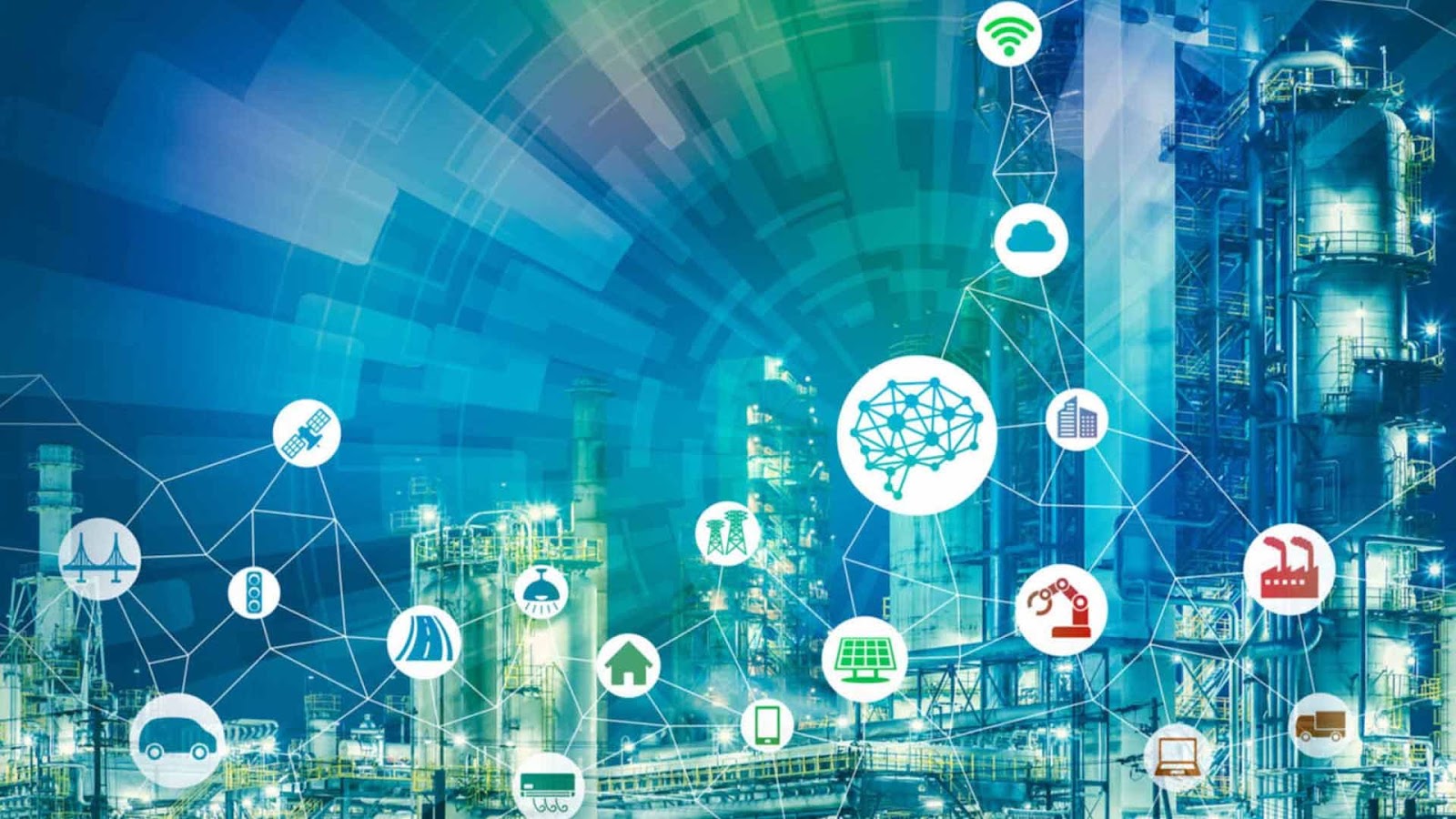Is Stagflation Real or a Myth? Analyzing the Indian Economy
Is Stagflation Real or a Myth? Analyzing the Indian Economy
Introduction:
Stagflation, a term coined during the economic turbulence of the 1970s, refers to a situation characterized by stagnant economic growth, high unemployment, and elevated inflation levels. The concept challenges the conventional belief that inflation and unemployment have an inverse relationship, known as the Phillips Curve. In recent times, as the Indian economy has experienced fluctuations, it becomes essential to examine whether stagflation is a real concern or merely a myth.
Stagnation vs. Inflation - Examining the Indicators:
To determine the presence of stagflation, it is crucial to analyze key economic indicators. Stagnation is often represented by low or negative GDP growth rates and rising unemployment, while inflation is measured by the Consumer Price Index (CPI) or Wholesale Price Index (WPI).
Stagnation Indicators:
In the past decade, India's GDP growth rate has experienced fluctuations, with periods of slowdowns followed by recoveries. The COVID-19 pandemic exacerbated these fluctuations, leading to negative growth in 2020. However, the economy showed signs of recovery in 2021, with GDP growth returning to positive territory.
Unemployment remains a concern, as India's workforce has grown significantly over the years, leading to challenges in job creation. The periodic Labor Force Surveys conducted by the government show fluctuations in unemployment rates, with some periods seeing elevated levels.
Inflation Indicators:
Inflation, as measured by the CPI and WPI, has shown fluctuations as well. The Indian government aims to keep inflation within a target range of 2-6%. In recent years, inflation has generally remained within this range, although there have been instances of temporary spikes.
Examples and Numbers:
Periodic GDP Growth Rates:
2019-2020: 4.2%
2020-2021: -6.6%
2021-2022: 8.4%
Unemployment Rates (as per Periodic Labor Force Surveys):
2017-18: 6.1%
2018-19: 5.8%
2019-20: 8.8%
Inflation (CPI - General) - Average Annual Inflation Rate:
2019-2020: 4.8%
2020-2021: 6.2%
2021-2022: 5.2%
Conclusion:
While the Indian economy has faced periods of stagnant growth, elevated unemployment, and fluctuating inflation rates, it is important to note that the nation has not experienced a prolonged period of classic stagflation as witnessed in the 1970s. The economic challenges faced by India can be attributed to various factors, including structural issues, policy changes, and global events. Policymakers must continue to address these challenges to ensure sustained and balanced economic growth, while remaining vigilant about the potential risks of stagflation.




Comments
Post a Comment